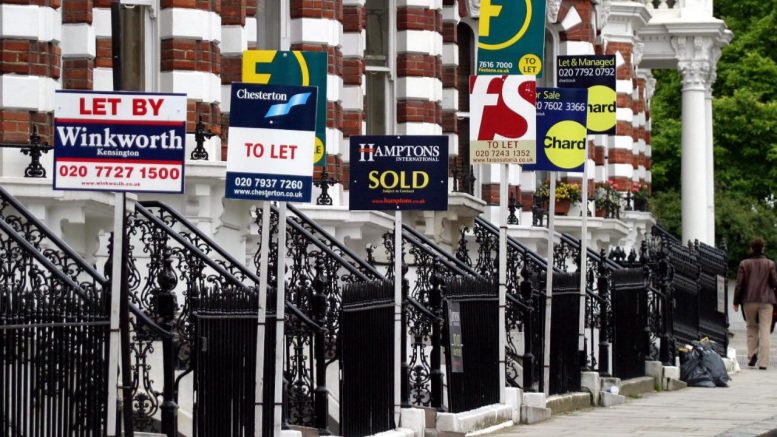One in five households in England lived in private rentals in 2020-21, a total of 4.4m, newly published initial findings from the English Housing Survey 2020 to 2021 has reported.
The proportion of households in the private rented sector was lower by 1 per cent than in 2015-16 but did not change between 2019-20 and 2020-21. Renting is more prevalent in London where 27 per cent of households lived in the private rented sector in 2020-21 (compared to 17 per cent of households in the rest of England).
Results of the survey should be treated with caution, said the Department for Levelling Up, Housing and Communities. Because of the Covid pandemic the sample size on which results were based was only just over half that of the previous year and inspections were limited to the exterior of properties.
Given that, owner occupation rates did not increase between 2019-20 and 2020-21, but rates were up over the longer term. Of the estimated 24m households in England, 15.5m, or 65 per cent, were owner occupied in 2020-21. This was unchanged from 2019-20 but an increase from 63 per cent in 2015-16.
Since 2013-14 there have been more outright owners of owner-occupied properties than owners with a mortgage. In 2020-21, 35 per cent of households were outright owners while 30 per cent were buying with a mortgage.
On average, owner occupied homes are larger and are more likely to have outside space than rented homes.
The proportion of households in the social rented sector has not changed for more than a decade. At 4m, the total represents 17 per cent of all households and is seeing ‘a longer term downward trend which stabilised over the last decade or so’.
The composition of the social sector had changed over the last decade. In 2010-11, the social rented sector accounted for 17 per cent of households with 9 per cent (2m) renting from housing associations and 8 per cent (1.8m) renting from local authorities. In 2020-21, 10 per cent (2.4m) rented from housing associations, and 7 per cent (1.6m) from local authorities.
The average usable floor area of dwellings in 2020 was 96 square metres. Homes in the social sector tended to be smaller (66 square metres) than homes in the private rented sector (74 square metres).
Owner-occupied homes (109 square metres) were, on average, larger than rented homes.
There remains a lower proportion of non-decent homes in the social sector than in the private rented and owner occupied sectors, according to the survey. In 2020, 11 per cent of dwellings in the social rented sector failed to meet the Decent Homes Standard. This is lower than the proportion of private rented (23 per cent) and owner occupied (14 per cent) homes.
However, as it was not possible to collect data from inside homes due to COVID-19 restrictions, these figures estimates based on trends observed in previous years.
The energy efficiency of the English housing stock had continued to improve. In 2020, the average SAP rating (energy performance calculated using the Standard Assessment Procedure) of English dwellings was 66 points, up from 65 points in 2019. This was evident in all tenures apart from private rented dwellings where there was no significant increase.
* A Government survey of social housing residents has found that a third are not satisfied with the service they receive from their landlord.
Those ‘notably less positive’ in their responses were tenants aged between 25 and 54, ethnic minority residents, and social housing tenants in London.
‘Satisfaction and agreement levels were also lower across a number of measures for those with a local authority landlord, those living in flats, and female residents’.
Satisfaction tended to be higher among older residents (aged 65 and over), and white residents, as well as those living in a house rather than a flat.
Satisfaction was also generally higher among shared owners, although they make up a very small proportion of social housing residents overall.






